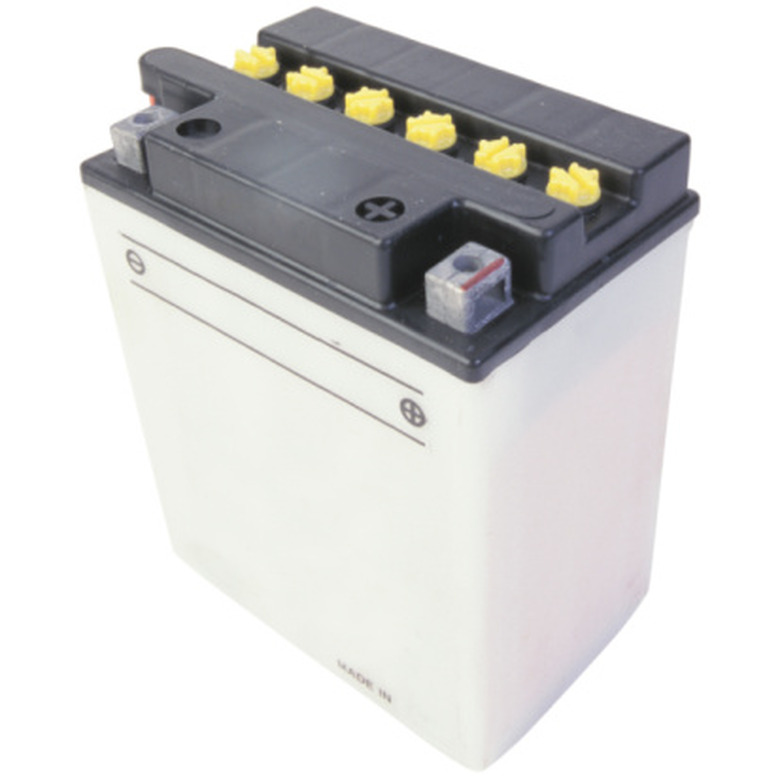How To Make An Electrolyte
Batteries consist of two half-cell reactions connected by a salt bridge and supported in an electrolyte solution. A common battery is the lead acid battery that supplies power to your automobile. The two half-cells that operate in these batteries are the lead and the hydrogen half-cells. One electrode is made of lead dioxide and as the lead enters solution, the electrons flow from that electrode to the other electrode where the lead dioxide molecules accept the electrons and converts to oxygen gas. Both electrodes reside in an electrolyte solution that is able to support the electrical flow between electrodes. The requirements for an electrolyte are to be highly dissociative in solution and able to serve as a charge carrier. In the lead acid battery, sulfuric acid and water are the electrolyte. It also supplies the sulfate ions required for the liberation of oxygen molecules into solution.
Step 1
Fill a beaker half full of water. For an electrolyte solution, distilled water is the best choice. It will minimize the possible contaminants in the solution. Some contaminants could cause a reaction with the electrolyte ions. For example, if you are mixing a solution of NaCl and the water contains low levels of lead, you will get a precipitate coming out of solution. The removal of some of the ions from solution changes the strength of the solution.
Step 2
Choose an electrolyte that supports the application best. For batteries, you should select an electrolyte that includes an element used in one or both of the half-cells. For example, if one of the half-cell reactions is with copper, a good choice of an electrolyte is CuCO3 or CuCl2. Both of these will support the half-cell by ensuring that there are Cu2+ ions in solution. You should choose a strong acid, a strong base or the salt of one of these. The high dissociation value of these compounds enhances the ability of the electrolyte solution to transport charge.
Step 3
Measure enough strong acid, strong base or salt to generate an electrolyte solution of sufficient strength to support the demands of the electrochemical cell. If the concentration of the electrolyte is too low, it can inhibit the operation of the electrochemical cell. The electrolyte concentration should be in the range of 1M. Strong acid, bases and salts therefore work better than weak acid and bases due to the higher degree of dissociation.
Step 4
Add the measured amount of electrolyte to the water in the beaker. Stir to ensure complete mixing.
Things Needed
- Beaker
- Strong acid, base or salt
- Water
- Stir rod
Cite This Article
MLA
Lancaster, Sean. "How To Make An Electrolyte" sciencing.com, https://www.sciencing.com/make-electrolyte-8668566/. 24 April 2017.
APA
Lancaster, Sean. (2017, April 24). How To Make An Electrolyte. sciencing.com. Retrieved from https://www.sciencing.com/make-electrolyte-8668566/
Chicago
Lancaster, Sean. How To Make An Electrolyte last modified March 24, 2022. https://www.sciencing.com/make-electrolyte-8668566/
